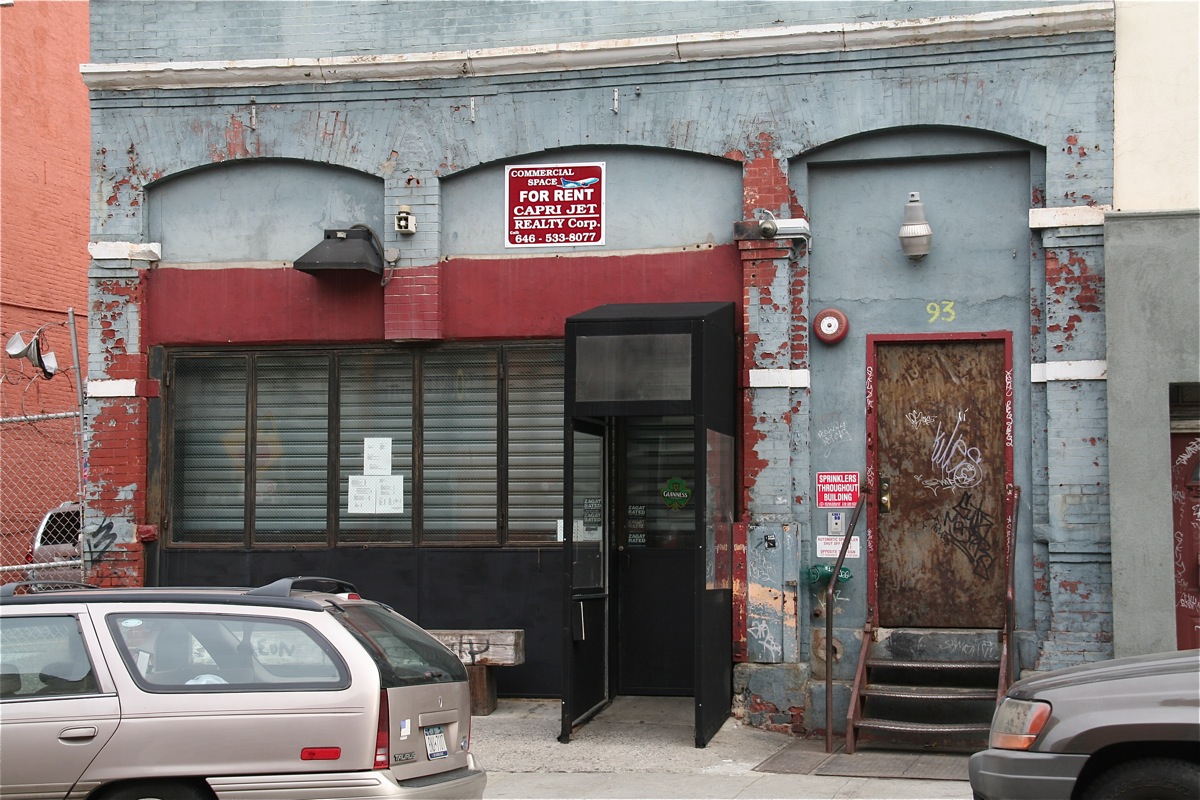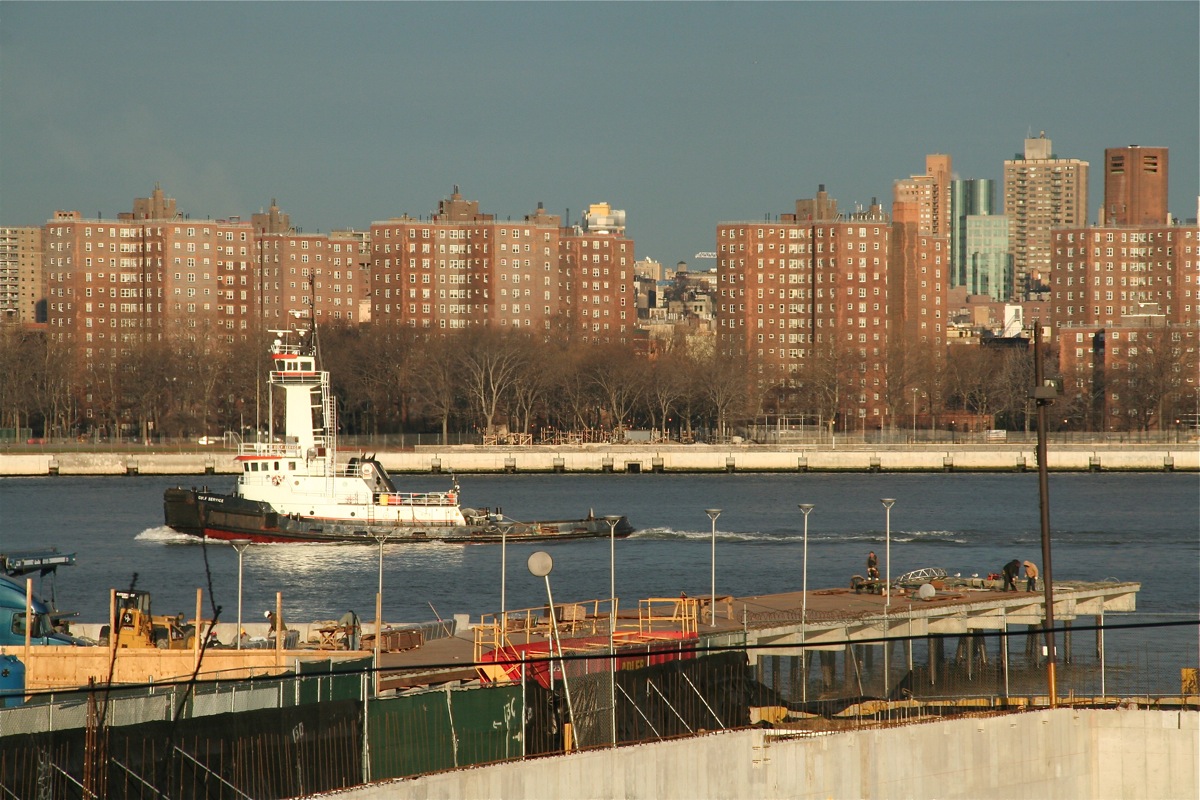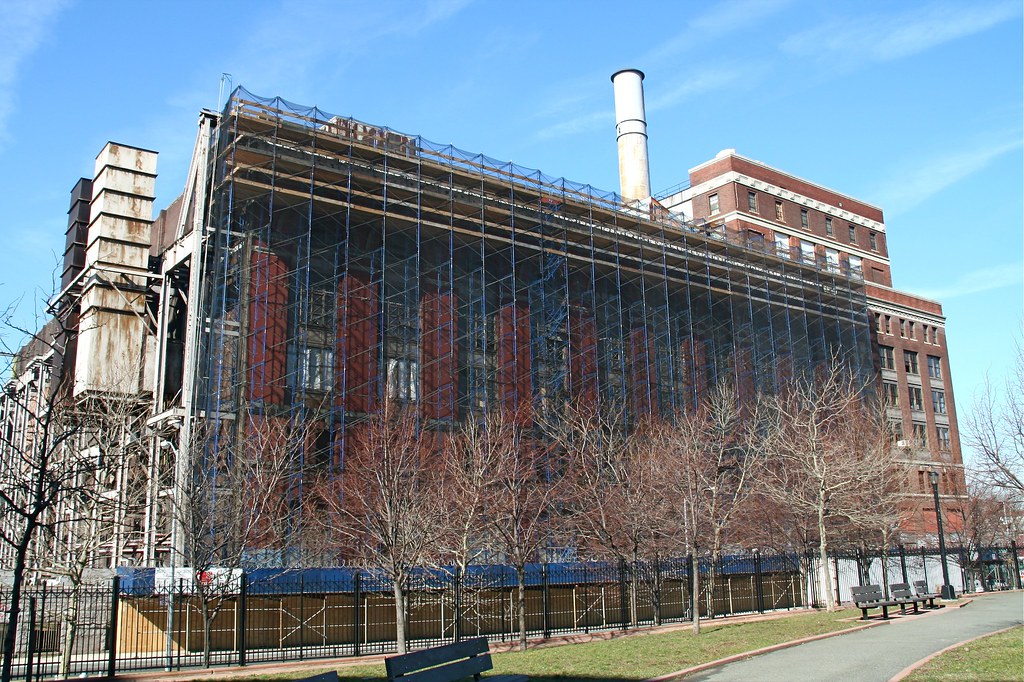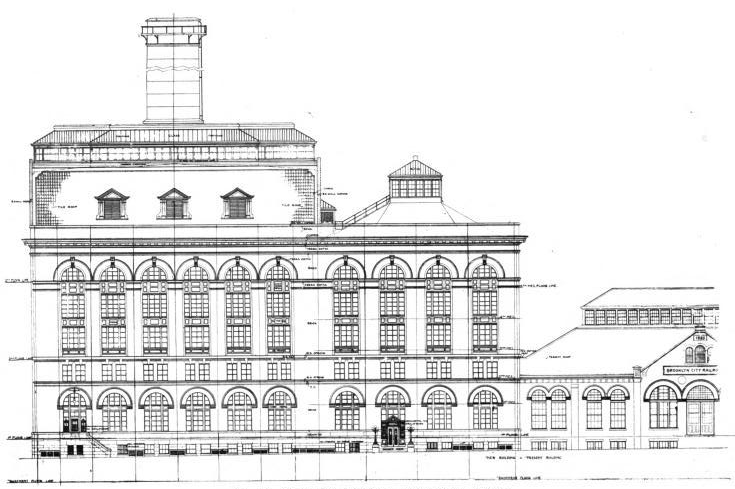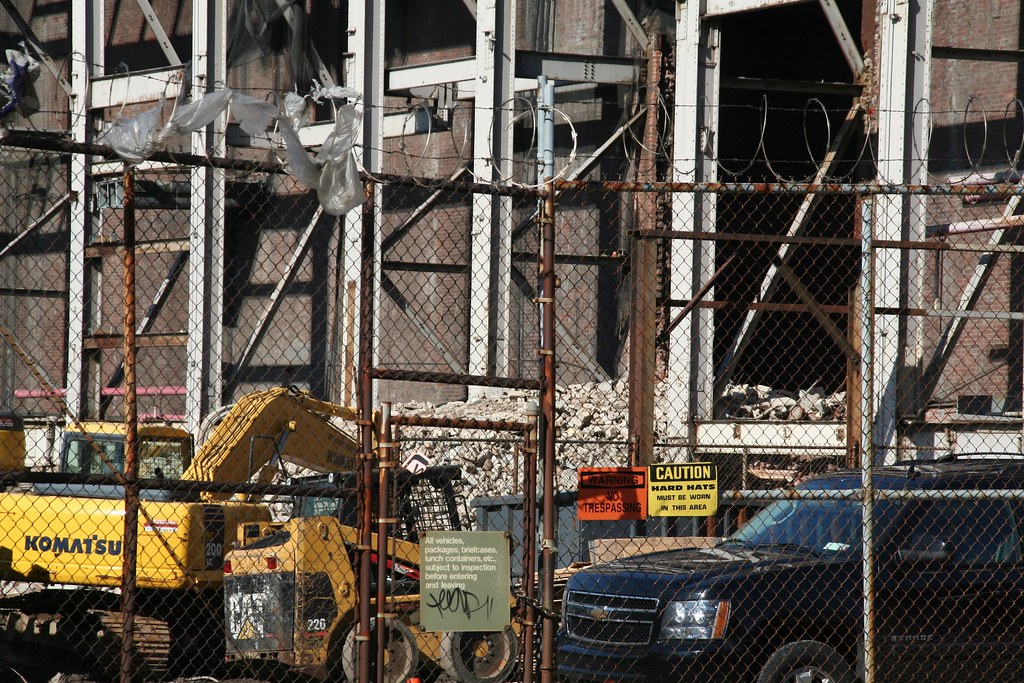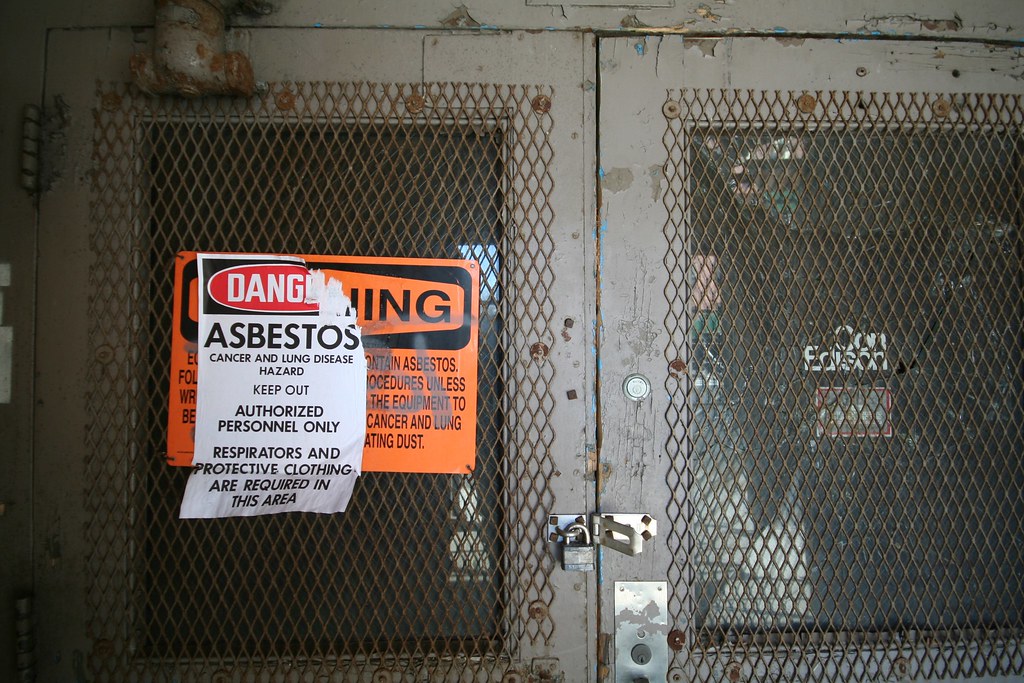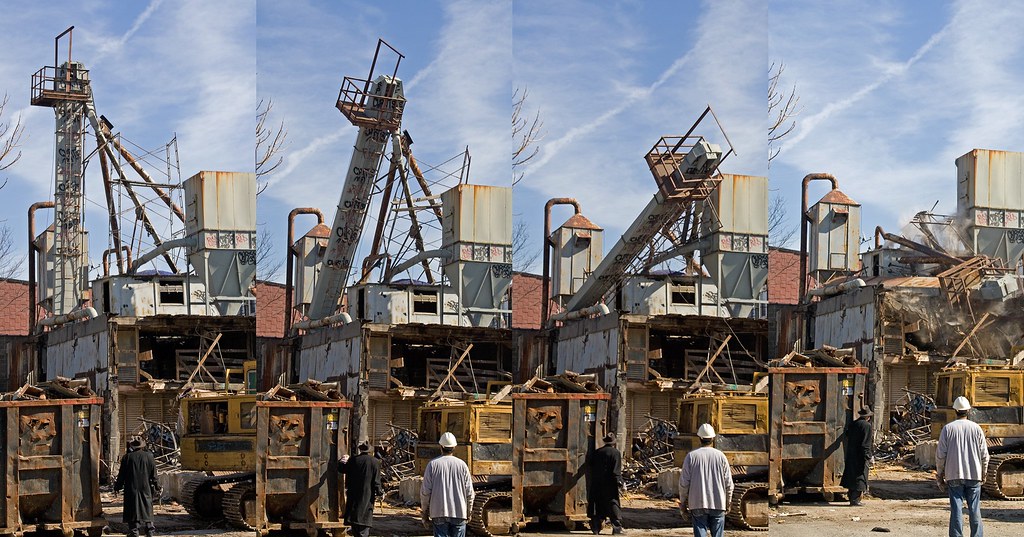Grand Ferry Park to Reopen in Late April

Weather permitting, one of our favorite Northside Williamsburg haunts - Grand Ferry Park - will reopen in late April, according to the NYC Parks Department.
The tiny waterfront park at the foot of Grand Street on the East River has been fenced off since mid-October for a half-million dollar capital improvement project. The site of the park, which officially opened in 1998, plays a crucial role in the history of Williamsburg. According to the Parks Department's own history:
It is named for the 19th century Grand Street Ferry, which once carried farm goods and passengers across the East River to Manhattan.
In 1802, Richard Woodhull, spurred by the idea of creating a residential suburb of Manhattan, began a ferry service from today’s Metropolitan Avenue to Corlear’s Hook across the East River. He purchased 13 acres of land surrounding the ferry and named the area Williamsburgh around 1810, after Colonel Jonathan Williams (1750-1815), the original surveyor of the site.
In 1811 Woodhull went bankrupt, but the idea of Williamsburgh was viable; Noah Waterbury built the neighborhood’s first distillery in 1819, and David Dunham (ca. 1790), called the “Father of Williamsburgh,” began operating a steam ferry in 1827. During the mid-1800s, wealthy professionals frequented the private clubs, beer gardens, and resorts abounding in the neighborhood, while companies like Pfizer Pharmaceutical and the Havermeyers & Elder Sugar (now Domino Sugar) Refineries laid their roots in the area.
Interestingly, at some point between 1802 and 1847, the actual ferry launch moved from Metropolitan Avenue down to Grand Street, as shown on this 1847 Map of Lower Manhattan. At that point, the ferry connected Grand Street in Williamsburg to Grand Street in Manhattan - despite the fact that the two streets don't align geographically. Also fascinating is the idea that the company that makes Viagra got its start right there at the site of the diminutive park, as part of the 19th-century sugar and molasses trade that dominated the waterfront until the neighboring Domino Sugar plant closed its doors in 2003:
A red brick smokestack rising above a circular pattern of cobblestones was part of a molasses plant that Pfizer Pharmaceuticals used in the early 20th century for work that led, eventually, to the large-scale production of penicillin.
But we digress. According to Christine, a Parks representative in the Capital Projects office, the park was closed for "bulkhead repair" (surprising, considering that the park never had a bulkead) and there still remains some "rough grading to be done, as digging takes place for the swale." Peering through the construction fence, it appears that a short concrete bulkhead has been installed, but that the river will still be accessible by climbing across the riprap. Grand Ferry is one of the few shoreline parks in the city where one can still get down to the water - at one's own risk - instead of being fenced-in behind a steel railing atop a concrete-and-steel bulkead. Its one of the things that makes the park so special.
Its worth noting that the park - and the dead-end block of South 5th, just south of the Domino complex - are both DEP combined sewer outflow points (CSOs), meaning that during heavy rains, raw sewage can overflow into the river from culverts at both locations. And both locations are under construction. So we're guessing that the park construction may have something in common with the project on South 5th. Could even be preliminary infrastructure work that anticipates future Domino luxury condo owners won't be sweet on the thought of being bookended between matching sewage spouts.
Less likely is the possibility that the city is prepping for a return of ferry service to the site after a 90 year absence. The park has been batted around as a possible landing for the NY Water Taxi, but Parks had no knowledge of that, and our money is still on Northside Piers as the new jumping-off point for Williamsburg's would-be waterborne commuters.
Nightswimming - A Grand Ferry Photoset [flickr]
